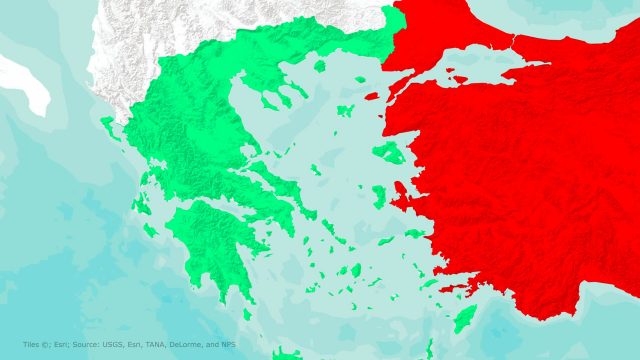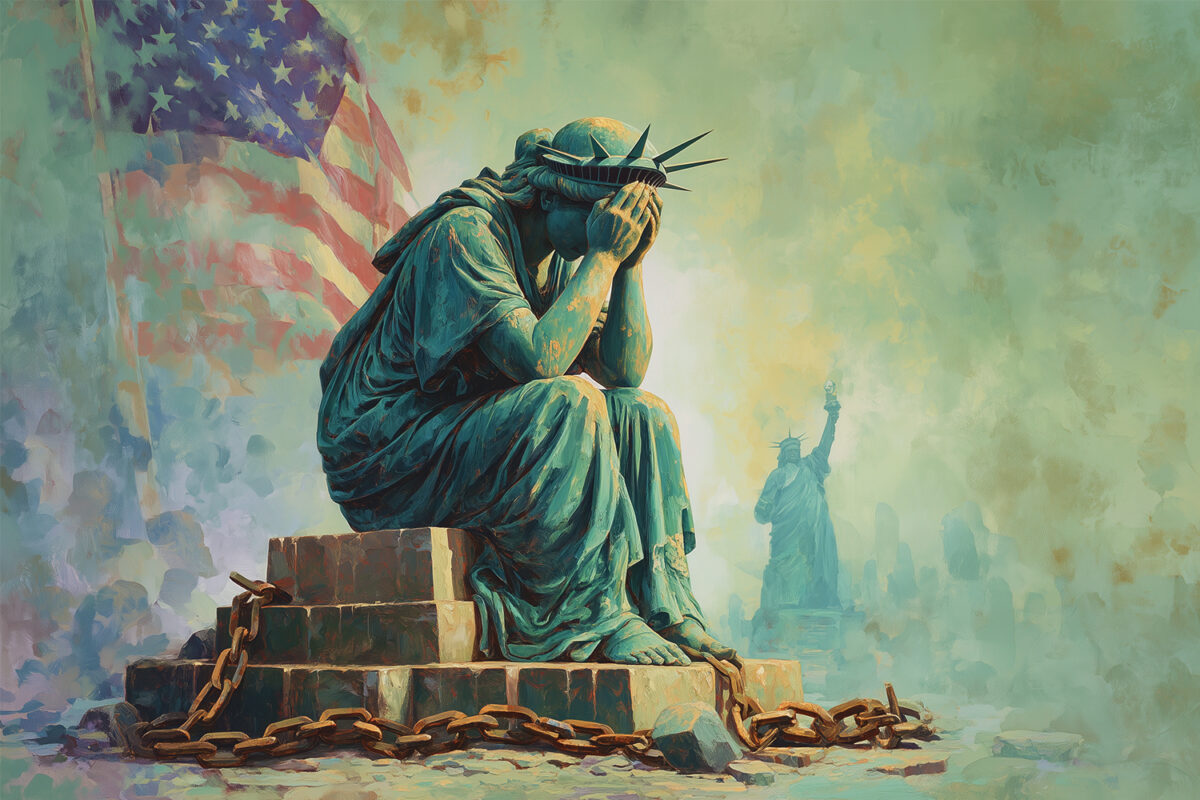2022 was dominated by the Ukraine war. Our analysts at the Geopolity have come up with a list of issues they believe will be major events in 2023 and which they will be following. In no particular order what follows are a forecast of the key issues for 2023.
Elections in Pakistan
Pakistan is due to have national elections by October 2023. It remains to be seen if these do take place. The last two years have seen significant instability in the country as the PTI led government of Imran Khan was removed from office in a vote of no confidence. This took place in the context of the now retired General Bajwa reaching out to the Sharif family after Imran Khan fell from grace. The tensions between a pro-Imran Khan faction within the army eventually lost out to Gen Bajwa’s hand picked successor General Asif Munir. Whilst this has settled the dispute, the Pakistan Democratic Movement (PDM) led by Shabaz Sharif has struggled with the economy as inflation and debt go through the roof. Imran Khan continues his protests in order to get back into power. It’s likely 2023 will be full of more instability then 2022.
Türkiye Elections
The AKP party will face its seventh general election in power, ever since it first emerged back in 2002. The AKP and its charismatic leader Recep Tayyip Erdoğan have ever since dominated Turkish politics and the opposition has failed to unify and challenge the AKP. But the elections in June 2023 take place in a much different context. Turkey has been struggling with inflation at 80%, increasing debt and a depreciating currency which has led many to question the AKP’s stewardship of the economy, which Erdogan for long gained credibility for. The AKP’s approval ratings have been sagging and come with a number of rifts within the AKP as Erdogan has centralised so much power. For the first time in two decades Erdoğan is not the clear favourite. With support from the ultra-nationalist Nationalist Movement Party (MHP), which is part of the People’s Alliance with the AKP, Erdoğan will likely struggle to reach 50% of the vote share necessary for winning the presidential elections. As a result potential contenders among the opposition camp have begun to surpass Erdoğan in a one-to-one match. The opposition camp, led by the centre-left Republican People’s Party (CHP), is more united than at any point under Erdoğan’s rule. Erdogan has control of most of the media and more resources than the opposition. We will see if the economic problems can be used by the opposition to unseat Erdogan.
Will Erdoğan deliver on Turkey’s 100 year Promise?
Erdoğan has made a number of pledges to his supporters as Turkey celebrates the centenary of the Turkish republic in 2023. In December 2017 Erdogan said “some details” in the Treaty of Lausanne were “unclear” and that they may need to be revisited. He had maps shown on Turkish television with the current borders extending beyond where they should be into Greece, Bulgaria, Armenia, Iraq and Syria. The Treaty of Lausanne saw the Mustafah Kemal government give up almost all the islands in the Aegean. Turkey was restricted in the Aegean Sea as her islands and beaches were given to Greece, and Turkey was prevented from exploiting the area for energy. Erdogan has promised he plans to rectify this and in 2023 we will see if he delivers on what he says. Erdogan is claiming he is trying to right this historical wrong.
Social Unrest in the Middle East
It’s been over a decade since the Arab spring uprisings, but today the situation politically, financially and socially is far worse. In Egypt the people suffer from a faltering economy, whilst in Sudan and Algeria the rulers were forced to recently step down but demonstrations still continue. In Iran and Iraq protests against the regimes continue whilst in Lebanon the state has collapsed. Covid-19 made the already dire situation worse and the subsequent Ukraine war has led to wheat and energy prices to rise beyond the means of most people in the region. The conditions that led to the original Arab spring are today far worse. Over the last decade it would seem more nations are experiencing social unrest and it remains to be seen if 2023 will be the year for the next regional upheaval.
Divided America
Although the Republicans didn’t do as well as expected in the 2022 midterm elections, social and cultural divides on abortion, guns and other hot-button issues continue to widen after a string of contentious Supreme Court rulings. Donald Trump’s formal entry into the 2024 presidential race will pour fuel on the fire. The challenge for the US is that such internal divisions will eventually have an impact on America’s global position. In 2023 it remains to be seen if American politicians use the issues that divide the nation to get to power, which would lead to such divisions to increase and make the US even more dysfunctional and possibly impact its global position.
Democrats lose House of Representatives
The Republicans were unable to make the slam dunk in the mid-terms that many were expecting, but they managed, with a slim majority to win the house of representatives, which will pose a major challenge to the remainder of President Biden’s term. With the house they can oppose the president’s legislative programme. Kevin McCarthy the Republican House leader said the Republican majority will be able to “stop [President Joe] Biden’s socialist agenda, fire [current House Speaker] Nancy Pelosi. We’re going to have the ability to change America.” It’s likely the second half of the Democratic term will be even more fractious then the first half of the term.
Where are Russia’s allies?
As Russia invaded Ukraine and the US gathered its allies, Russia has struggled to form a bloc to counter all that is being thrown at it. Aside from North Korea, Cuba and Syria, no other nation has openly or fully committed to stand with Russia. India and China have been careful to not be seen to be fully in Russia’s camp, despite benefiting from large discounts in energy. Russia is now under huge sanctions and effectively cut off from the global system and needs to build an alliance system that it can use to defend itself and push back. The fact that China and India are not fully on Russia’s side is an indicator of the shallowness of their relations with Russia despite all the talk of a new bloc emerging. In 2023 Russia will likely need to make an offer to her allies they cannot refuse.
Russia’s Military Takes a Major Hit
Russia’s invasion of Ukraine has exposed the nation’s military capabilities, which was for long used by the Kremlin to project an image of strength. Russia has for long showcased its futuristic weapons systems to build an image of strength. But the Ukraine war has shown that the more mundane things like artillery, tanks, armour and ground offensives, the more important aspects of making war is where Russia has struggled to strike a decisive blow. Russia has for long viewed power from the lens of military strength and this has now been undermined. In 2023 and beyond, Russia will need to carve out a victory in Ukraine in order to rebuild its military credibility.
Victory in Ukraine?
As winter arrived in Europe in December 2022 the war in Ukraine saw a fall in activity, but Russia was already in retreat losing Kharkiv and Kherson. The mobilisation of new Russian troops will take time and it’s debatable how effective they will be on the front lines once deployed in numbers. The longer the war continues the more it will drain the Russian economy, which was already in recession as 2023 began. Russia’s invasion has turned into a slow grinding war and in 2023 Russia will need to decide what victory looks like and achieve it before the war begins to bite domestically.
Uprising in China?
In December 2022 10 people died due to a house fire in Urumqi. Many locals took to the streets in protest as the emergency services were unable to reach them in time as the fire exits were welded shut due to China’s strict lockdown rules. These protests then spread as many pushed back against the harsh lockdown rules, which has seen whole cities shut down for weeks due to a few COVID infections. This comes at the worst possible time for the CCP as the National Congress in October 2022 put in an image of strength as Xi Jinping began his third term in power. But with Hong Kong, Taiwan and Xingang already proving restive, the CCP’s image of stability has taken a huge hit. In 2023 China will have to deal with its domestic issues alongside its many external challenges.
Confronting COVID-19
In 2023 one of China’s most pressing challenges is confronting the coronavirus. Xi Jinping has put China in a corner with his “non-spread” policy, which relies on local lockdowns and strict restrictions to stop the spread of the disease. But his policy is now suffocating the economy and frustrating citizens who live under the constant threat of being quarantined. On the other hand, exiting from the “no virus spread” policy will lead to hospital overcrowding and hundreds of thousands of deaths, and will cause greater social and economic disruption than that resulting from gradual lockdowns and other intrusive restrictions. China is now caught between a raging disease and unpopular and costly lockdowns.
Recession Looms in 2023
A commodity crisis, supply chain crisis and energy price hikes crisis makes a recession in 2023 almost certain. But as energy and food prices rocketed, inflation went from temporarily elevated to being a persistent, double-digit problem. The winter in the northern hemisphere will likely send energy prices higher, exacerbating the cost of living crisis many are already facing. Many in the West have never recovered from the global economic crisis from 2008, another looming recession will in all likelihood create tensions in the developed world.
Semiconductor wars
In 2022 the Biden administration imposed a raft of sanctions against China that severely restricted access to semiconductor technology. The restrictions include US companies being banned from operating in China as well as the banning semiconductor machine manufacturing companies from selling to China. US actions against Russia have shown China the repercussions if it decides to move against US interests, but China needs to come up with some plans in 2023 and beyond to push back against the US, otherwise China will never get any way close to challenging the global order. With semiconductors being at the centre of technology, the outcome of this tech war will impact who will be the global power.
* A recent patent filing by Huawei has revealed it has made advances in a crucial method of chip manufacture, raising the prospect that the company could eventually start making some of the smallest and most powerful microchips by itself. This also means China has cracked a microchip design method previously only mastered by the West, in a challenge that could undermine sanctions.
Deglobalisation
The era of globalisation officially ended in 2022 as the US implemented the Inflation Reduction Act 2022 (IRA). Its measures include $370 billion in subsidies and tax breaks for green investment. But a key condition for this is most of the supply chain for qualifying goods needs to be in North America. This provoked the ire of Europe as it will poach cutting-edge and strategic European industries from Europe. Public opinion against globalisation has been growing for some time with industries moving abroad and the vulnerable global supply chains. In 2023 and beyond the decoupling will expand leading to economic nationalism and possibly war
India to replace China as world’s largest population
By July 2023 India is forecast to overtake China as the world’s most populated nation. With 1.4 billion people India will overtake China, but this number presents challenges for both India and China. For India it means the government needs to feed, educate, house and fulfil the basic needs of an ever growing populace. India will need to generate 90 million non-farm jobs between 2023 and 2030 in order to absorb new workers. To create jobs at such a massive scale, India’s GDP will need to grow by 8 to 8.5% annually over the next decade. For China this comes at the worst possible time. Whilst China struggled with massive population growth in the past, in 2021 China’s population grew at its slowest rate and is expected to begin declining in a few years. Whilst China needs more workers of working age, its population decline comes at the worst possible time. Is this the point where India replaces China to be a power?
Middle East Debt Crisis
The COVID-19 pandemic exacerbated long-standing development challenges in the Middle East, contributing to a rise in poverty, a deterioration of public finances, an increase in debt vulnerabilities, and a further erosion of trust in government. The substantial borrowing that regimes incurred to finance health and social protection measures increased government debt. Egypt, Jordan and Tunisia all owe around 90% of GDP. Lebanon, which defaulted in 2020, has yet to restructure a debt pile that dwarfs its economy. Even with external support, the region will struggle to extract itself from a debt trap. 2023 will bring tight budgets, more shortages, and hardship for the region’s people, which will exacerbate the existing social issues.





